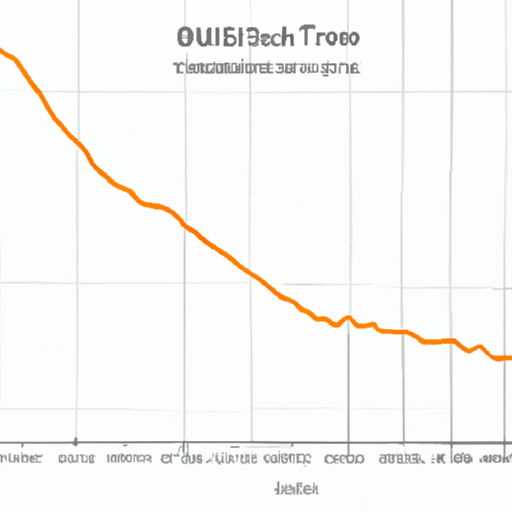GBTC Outflows and Their Impact on Bitcoin: A Closer Look
Introduction
Bitcoin has experienced a 19% decline despite generating $824 million in net inflows since the approval of the Spot ETF. One of the contributing factors to this decline is the outflow of $4.39 billion from the Grayscale Bitcoin Trust (GBTC). However, despite this negative price action, the outflows from GBTC can be seen as beneficial for the overall Bitcoin market. In this article, we will conduct a heuristic analysis of GBTC outflows to understand the current state of selling and the potential impact on Bitcoin.
The GBTC Hangover: Paying For It
GBTC played a crucial role in fueling the 2020-2021 Bitcoin bull run. The GBTC premium, which allowed market participants to acquire shares at net asset value, was a major driver of market demand. However, when the GBTC premium disappeared and the trust started trading below NAV, a chain of liquidations was triggered. This led to a decline in the market and affected the balance sheets of various entities. The bankruptcy estates of those involved in the GBTC trade continue to liquidate their GBTC shares, adding to the selling pressure. Despite the negative consequences, the decline in GBTC’s premium is actually positive for Bitcoin in the medium-term.
Optimal Strategy For Different Segments Of GBTC Owners
To understand the future outflows from GBTC, it is important to analyze the different segments of GBTC shareholders and their incentives to sell or hold their shares.
1. Bankruptcy Estates: These estates hold approximately 15% of GBTC shares and are likely to sell their shares to repay their creditors. The FTX estate, one of the largest parties involved, has already sold a significant portion of its GBTC shares.
2. Retail Brokerage & Retirement Accounts: Retail investors hold about 50% of GBTC shares. The decision of these shareholders to sell or hold will depend on the price of Bitcoin and the tax implications of selling their shares. It is likely that a portion of these shareholders will sell their shares, but many will stay put, especially if they are in profit.
3. Institutional Shareholders: Institutions hold around 35% of GBTC shares. This segment includes players like FirTree and Saba Capital, who used GBTC to arbitrage the premium. It is difficult to forecast the actions of these shareholders, but it is likely that a significant portion will exit to cash without returning to Bitcoin.
Total GBTC Outflows & Net Bitcoin Impact
Based on the breakdown of different shareholder segments, projected outflows from GBTC range from 250,000 to 350,000 BTC. Of this, 100,000 to 150,000 BTC is expected to leave the trust and be converted into cash, while 150,000 to 200,000 BTC is projected to rotate into other trusts or products. This leaves a net selling pressure of 100,000 to 150,000 BTC.
As of January 26, 2024, approximately 115,000 BTC have already left GBTC, with half of it rotating into cash and the other half into Bitcoin or other Bitcoin products. This implies a net-neutral impact on the market.
Gradually, Then Suddenly: A Farewell To Bears
It is estimated that the market has already absorbed around 30-45% of all projected GBTC outflows. The remaining outflows are expected to occur over the next 20-30 trading days. In total, the selling pressure from GBTC may result in 150,000 to 200,000 BTC being sold. However, once these outflows are complete, the Bitcoin market will be less encumbered, allowing for more positive price movements in the future.
In conclusion, while the current outflows from GBTC have contributed to a decline in Bitcoin’s price, they are ultimately beneficial for the market in the medium-term. The sell-off of GBTC shares will free up the market from the negative impact of the GBTC premium and create more room for Bitcoin to grow.
